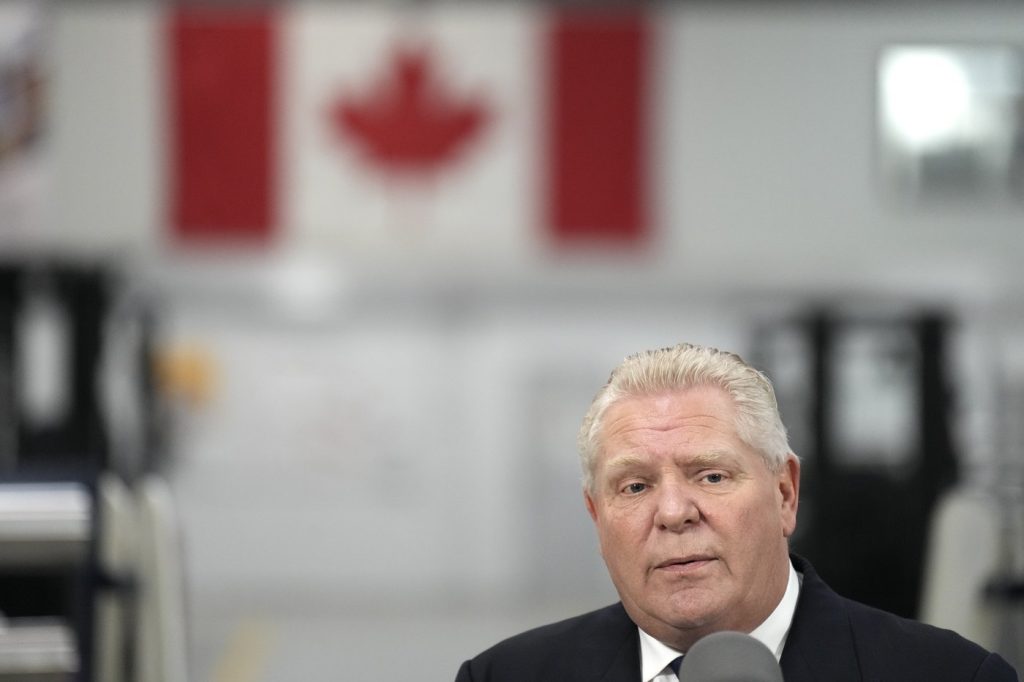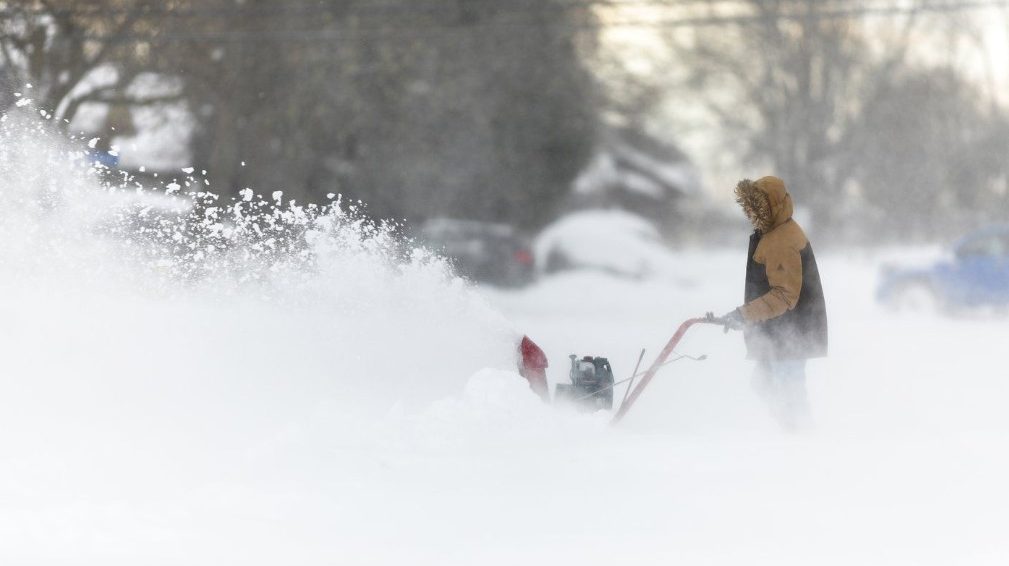Saint John, Calgary are the cities that would be hit hardest by U.S. tariffs: report
Posted Feb 11, 2025 09:00:05 AM.
Last Updated Feb 11, 2025 02:13:29 PM.
Calgary, Saint John, N.B. and Windsor, Ont. are the Canadian cities that would be hit the hardest by U.S. tariffs, says new research by the Canadian Chamber of Commerce.
Using Statistics Canada trade data, the organization came up with a “U.S. Tariff Exposure Index” to look at the potential impact of threatened American tariffs on 41 Canadian cities.
The research looked at Statistics Canada export data in light of U.S. President Donald Trump’s initial threat to impose 25 per cent across-the-board tariffs on all goods entering the U.S. from Canada and Mexico.
Trump delayed those levies until at least March 4 in response to border security commitments from both countries.
On Monday Trump signed executive orders to impose 25 per cent tariffs on all steel and aluminum imports into the United States, including from Canada. Cities like Hamilton, Ont., and Sault Ste. Marie, Ont. may be hit hardest by those specific tariffs, with their large steel industries.
But the chamber looked at the potential impact of the across the board tariffs, concluding cities that export the most goods to the U.S. as a share of their local economies will feel the most pain.
The researchers said Saint John is the most vulnerable. It’s home to the largest crude oil refinery in Canada — it can process over 320,000 barrels daily and more than 80 per cent of that oil is exported south of the border.
The Chamber of Commerce report said seafood and forestry products are New Brunswick’s other top exports to the U.S.
Calgary is the second most vulnerable city because it also exports crude oil and natural gas to the U.S., the researchers say. Beef is another one of its major exports that would be exposed in a trade war, the report said.
The report said cities in Southwestern Ontario are exposed because they’re home to Canada’s automotive and parts manufacturing sector.
The researchers concluded that Hamilton — home to Canada’s steel industry — would take an economic hit, as would Saguenay and Trois-Rivières, home to Quebec’s top aluminum and forestry producers.
The report says the Saguenay-Lac-Saint-Jean region is responsible for about a third of Canada’s aluminum production, and around 85 per cent of it is exported to the U.S.
“President Trump’s proposed tariffs will have significant consequences for the global economy — but for some of Canada’s cities, the threat is far more local and personal,” said Stephen Tapp, chief economist at the Canadian Chamber of Commerce.
“With this analysis, Canadians, businesses and policy makers have more evidence to inform ongoing discussions about how Canada can best respond to the monumental challenge brought by unnecessary and unjustified U.S. tariffs.”
Some Canadian cities have less to fear from tariffs, the report said. They include cities on Canada’s coasts, like Victoria and Halifax, that export more to Asia or Europe.
The researchers say Sudbury, Ont., is also less vulnerable because its exports of nickel and copper are “reaching other international markets beyond the United States.”
“The looming tariff threat is still very real: we have to remain vigilant and brace for impact,” said Candace Laing, president and CEO of the Canadian Chamber of Commerce.
“Already we’ve heard from members across Canada how the threat of tariffs is disrupting local businesses and economies. This new data further emphasizes that this is not a game we want to play when so many livelihoods depend on a stable relationship with the U.S.”








